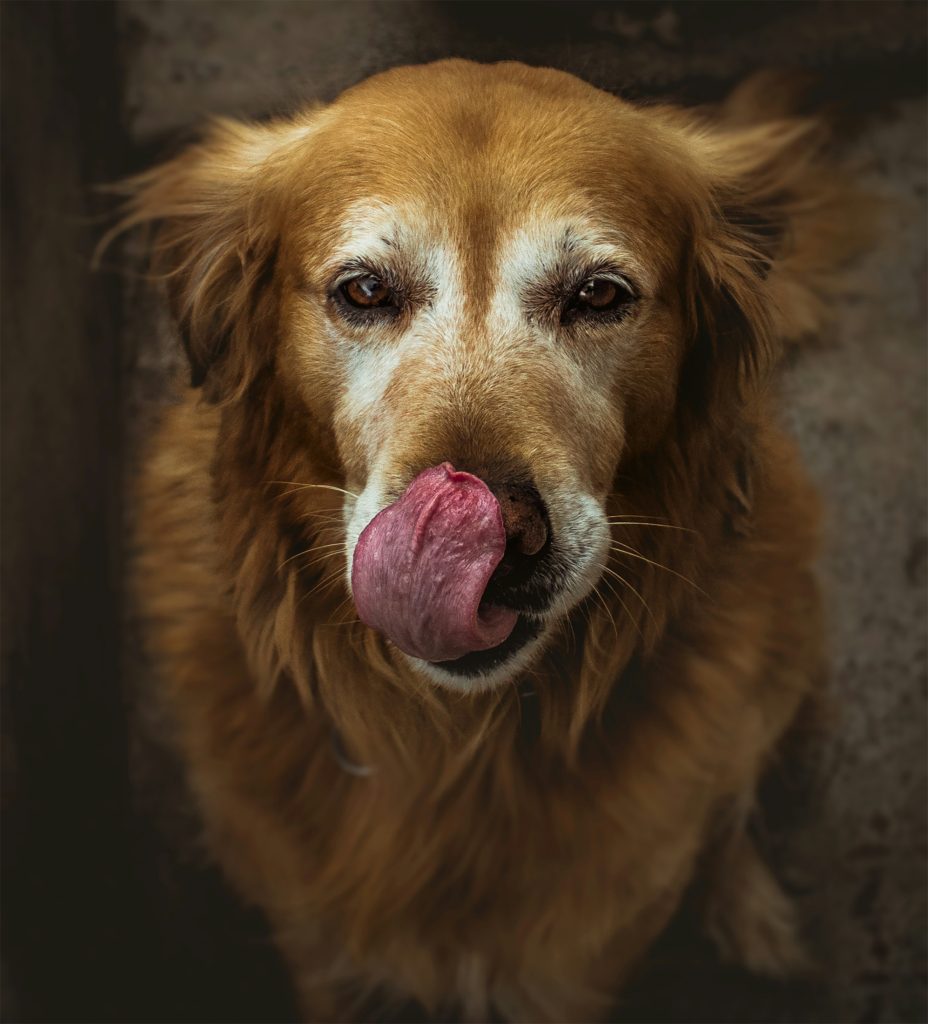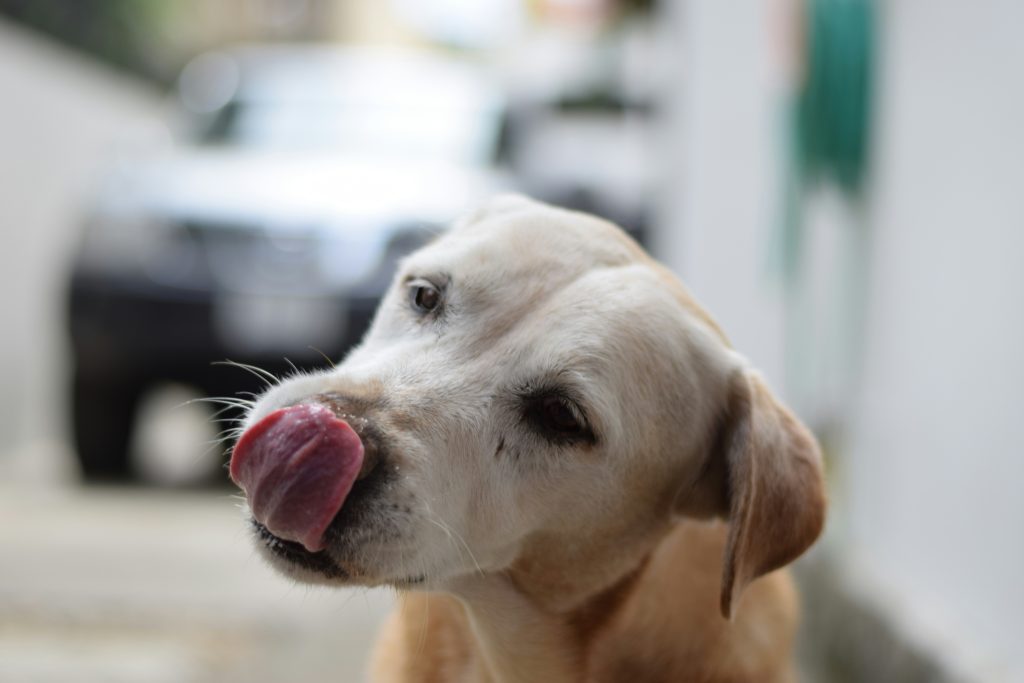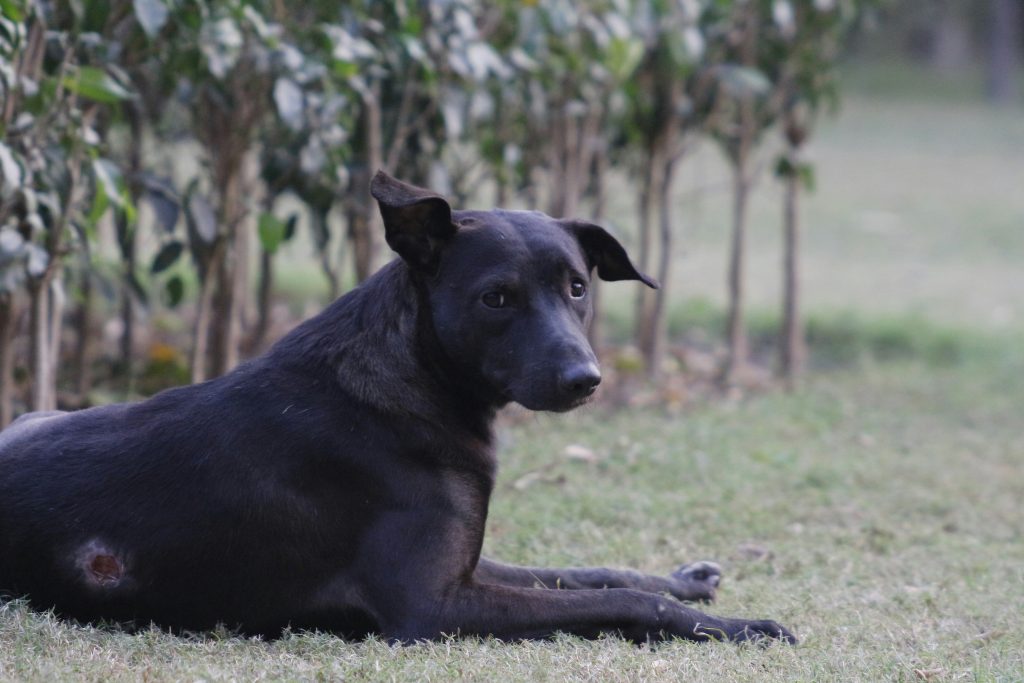- You are here:
- Home »
- Blog »
- Boston Dog Trainer »
- How to Treat Hot Spots at Home
How to Treat Hot Spots at Home
How to Treat Hot Spots at Home
Discovering a hot spot on your dog can be stressful—especially when it appears suddenly, looks painful, and your dog won’t stop licking it. Fortunately, with the right steps, many hot spots can be treated at home to bring relief and prevent infection from spreading.
In this blog, we’ll walk you through a clear, vet-recommended home care plan to help your dog heal quickly.

Step 1: Prevent Further Licking or Scratching
The first and most important step: stop your dog from irritating the area further. Continued licking or scratching will only delay healing and risk infection.
Try:
-
A plastic Elizabethan collar (e-collar or “cone of shame”)
-
A soft inflatable collar for comfort
-
A breathable recovery suit or T-shirt to cover the spot
Avoid using socks or wraps unless advised by your vet—they can trap moisture and worsen the problem.
Step 2: Clip the Fur Around the Area
Hot spots thrive in moist, poorly ventilated environments—so exposing them to air is crucial. Use electric clippers or small grooming scissors to gently trim the fur around the hot spot (about 1-inch margin).
✅ Tip: Be very careful not to cut or irritate the skin. If the area is too sensitive or you’re unsure, have your vet do this step.

Step 3: Clean the Hot Spot
Next, gently clean the area to remove debris, bacteria, and discharge.
Use:
-
A mild antiseptic solution like diluted chlorhexidine (0.05%)
-
A non-stinging wound cleanser for pets
-
Clean, soft gauze or cotton pads
Pat dry gently with a clean towel—never rub or use alcohol or hydrogen peroxide, as they can sting or delay healing.
Step 4: Apply a Topical Treatment
Once the area is clean and dry, apply a veterinarian-approved topical to soothe the skin and fight infection.
Options include:
-
Antibacterial sprays or gels (like Vetericyn)
-
Anti-itch creams or hydrocortisone products (pet-safe only)
-
Natural remedies like aloe vera or witch hazel (vet-approved)
⚠️ Avoid over-the-counter human creams unless your vet gives the go-ahead. Dogs often lick topicals, and some ingredients can be harmful if ingested.
Step 5: Monitor Closely
Keep an eye on the hot spot over the next few days. Signs of improvement include:
-
Less redness
-
Drying or scabbing of the area
-
Decreased licking or scratching
-
No spread or increase in size
If the area worsens, produces pus, has a strong odor, or your dog seems lethargic or in pain, contact your vet right away.

Bonus Tip: Address the Underlying Cause
Hot spots are usually symptoms of something else—like fleas, allergies, or stress. To prevent future flare-ups:
-
Start a flea prevention regimen
-
Evaluate diet or possible allergens
-
Increase grooming frequency
-
Provide mental stimulation and exercise
-
Rule out infections or behavioral issues with your vet
When to See a Vet
Home care works well for small, early-stage hot spots, but contact your vet if:
-
The hot spot is large, oozing, or rapidly spreading
-
Your dog seems in pain or is obsessively licking
-
The area shows signs of deep infection (odor, thick discharge, swelling)
-
You’re unsure of the cause or how to treat it
Your vet may prescribe oral antibiotics, steroids, or medicated shampoos, depending on the severity.
Conclusion: Be Proactive, Be Gentle
Hot spots don’t have to spiral into a big medical issue. With prompt attention and the right home treatment, you can help your dog heal quickly and feel better fast. Keep the area clean, dry, and protected—and always get veterinary advice if you’re unsure.
